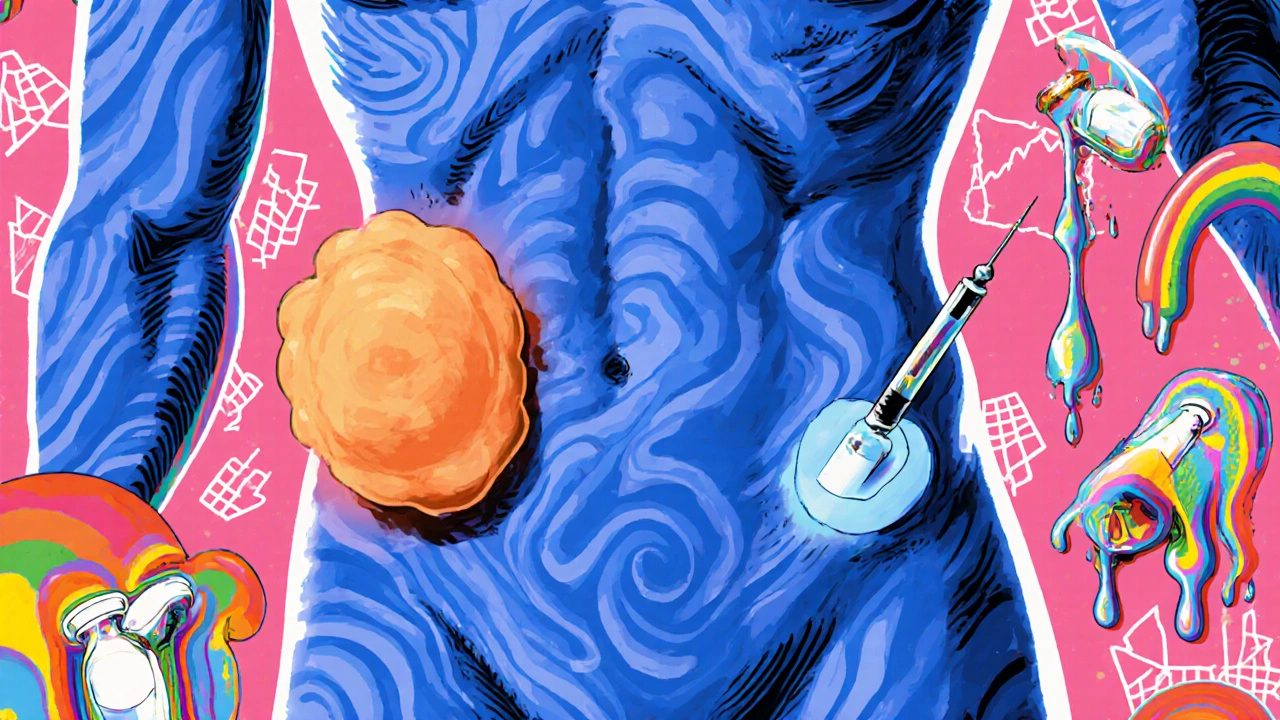Lipodystrophy: Causes, Types, and How Medications Affect Fat Distribution
When your body can’t store fat properly, it doesn’t just change your appearance—it messes with your metabolism too. Lipodystrophy, a condition where fat tissue is lost from some areas and sometimes builds up abnormally in others. Also known as fat redistribution syndrome, it’s not just cosmetic. It’s linked to serious health risks like high triglycerides, diabetes, and liver disease. People with HIV on long-term antiretroviral therapy often develop it, but it can also show up in those using insulin for diabetes or taking certain steroids. The fat loss usually hits the face, arms, and legs, while belly or neck fat might grow unexpectedly. This isn’t weight gain or loss—it’s a breakdown in how your body handles fat cells.
What makes lipodystrophy tricky is that it often hides behind other conditions. Someone with HIV might think their sunken cheeks are just aging, not realizing it’s a side effect of their meds. Or a person with type 2 diabetes might blame their belly fat on poor diet, not knowing insulin therapy could be reshaping their fat storage. Metabolic syndrome, a cluster of conditions including high blood pressure, high blood sugar, and abnormal cholesterol is a common companion. Insulin resistance, when your cells stop responding well to insulin often follows, making blood sugar harder to control. Even worse, some drugs meant to help—like older HIV meds or long-term corticosteroids—can trigger or worsen the problem. It’s a cycle: the treatment helps one thing but breaks another.
There’s no single fix, but awareness is the first step. If you’re on long-term meds and notice sudden changes in where your fat is stored—sunken cheeks, a buffalo hump, or suddenly skinny limbs—it’s worth talking to your doctor. Blood tests for triglycerides, liver enzymes, and glucose can reveal hidden damage. Newer HIV drugs are less likely to cause this, and some clinics now use fat-transfer procedures or medications like metreleptin to help restore balance. The posts below cover real cases, drug links, and practical ways to spot early signs before things get serious. You’ll find guides on how certain medications affect fat storage, what alternatives exist, and how to protect your metabolism while staying on necessary treatments.
Lipodystrophy and bruising from insulin injections are common but often overlooked. Learn how to spot them, why they affect your blood sugar, and how to prevent them with simple technique changes.
